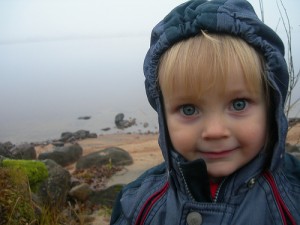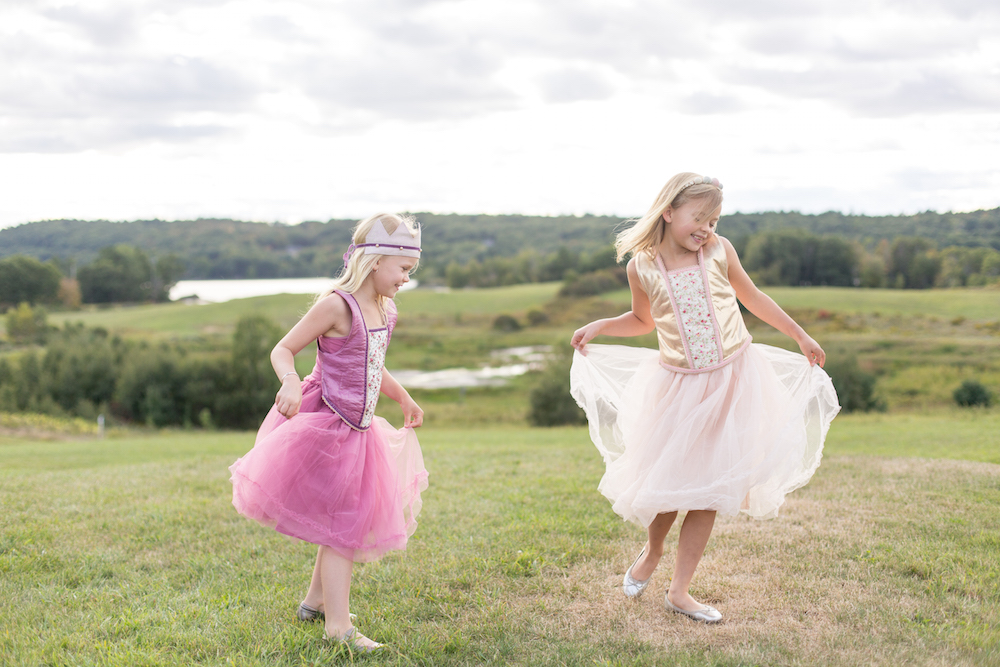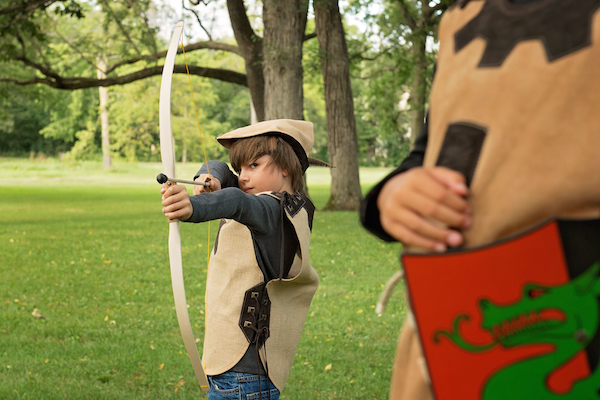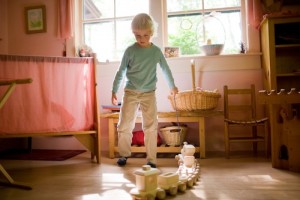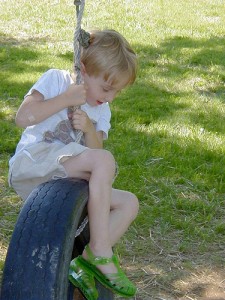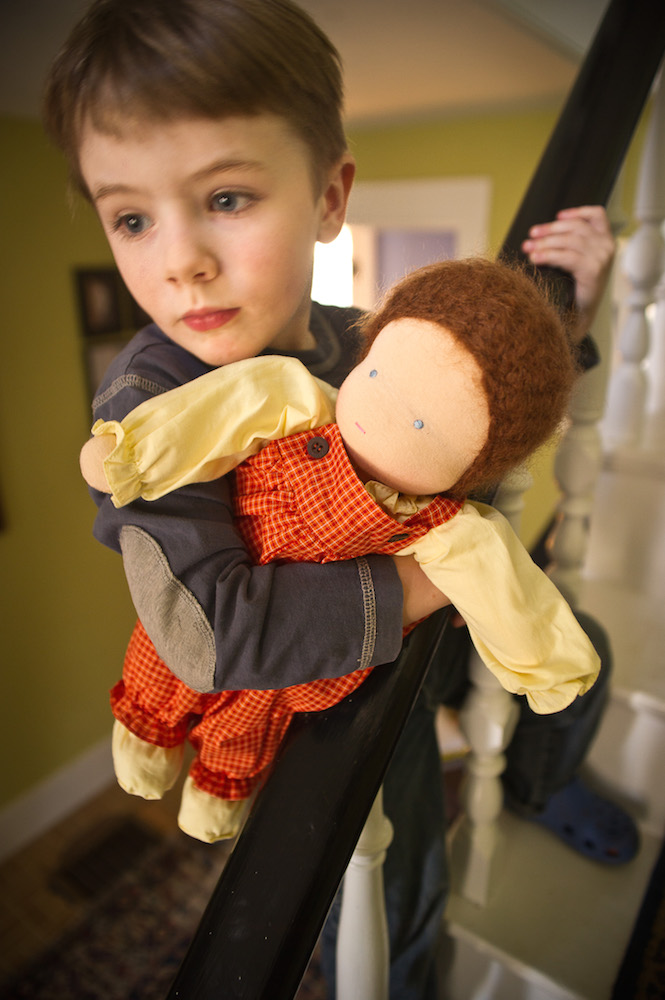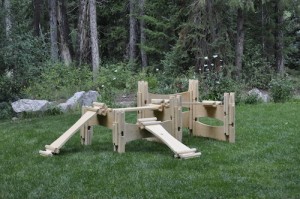Sarah Baldwin, Waldorf educator and owner of Bella Luna Toys, explains the importance of storytelling for children and gives parents ideas on how to make up their own stories, and tell stories “by heart” in this “Sunday with Sarah” video.
TRANSCRIPTION:
Hi, I’m Sarah Baldwin. I’m a Waldorf teacher, an author, the mother of two Waldorf graduates. I’m the owner of Bella Luna Toys, and I’m also a storyteller.
And guess what. So are you!
Today on “Sunday With Sarah” I’m going to talk to you about storytelling and why I think it’s so important to TELL children stories–from memory or from the heart, or stories that you make up–as opposed to just reading them from a book.
Now books are great. We sell a lot of picture books and chapter books at Bella Luna Toys. I don’t want to discourage you from ever reading to your child or encouraging your child to read, but when we can take the time to TELL a child a story–eye-to-eye and heart-to-heart–there is no greater gift. Children love it!
Now you may think “I’m not creative, I don’t have any ideas. How do I possibly make up a story?” Well, it’s not that hard, and the more you start exercising that storytelling muscle, the easier it becomes.
The easiest way to get started, I think, is to just start telling your child stories of when you were a little girl or you were a little boy. Children LOVE to hear stories about their parents when they were little, and remembering the adventures they had or the trouble they got into!
You can also tell a story reviewing the child’s day. Now, reviewing the day before sleep, in bed, is a wonderful, relaxing way for children to let go of the day and drift off to sleep.
And you can disguise the child. You can change his or her name, or it could be a story about “Squirrel Nutkin” or another little animal, but then use the events that child’s day to help them review the day and soon they’ll begin to recognize themselves in the story. “Oh, that’s what I did today!” and they’ll get really excited to hear a story about themselves.
For instance: “Squirrel Nutkin woke up early one morning and his mother had made him a bowl of oatmeal. And after they ate their oatmeal, they washed the dishes together and took a walk to the park…” and so on, reviewing what the child had to eat that day, who they saw, what activities they did.
So, if you need more ideas, one of my favorite books, and we offer it at Bella Luna Toys, is called Storytelling with Children, written by Nancy Mellon. Nancy is a master storyteller who has taught teachers and given workshops, and it’s full of great ideas.
And stories don’t have to just be told. They can also be told as a puppet play with little figures. Nancy gives lots of ideas in this wonderful book.
So I really encourage you to start, if you don’t already, making up stories. You can also memorize a story, like a fairy tale, and try telling it by heart. I like saying “telling it by heart” rather that “memorizing.” It just is warmer.
A fairy tale you know well, like “Goldilocks and the Three Bears” or “Little Red Riding Hood.” You know what happens in the story! Tell it in your own words and when your child makes that eye contact with you and has that heart-to-heart connection, they will just warm right up, and you’ll enjoy it, too.
So, leave a comment! Let me know if storytelling something you do regularly. If not, and you decide to give it a try, let me know how it goes. Let me know if you have any questions. Happy storytelling! See you next time.

Book referenced in video: Storytelling with Children by Nancy Mellon

